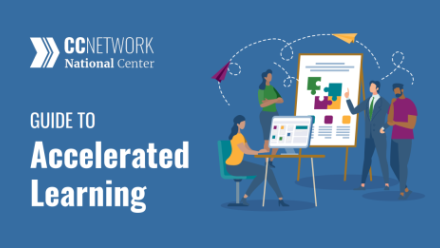Ask “How will they learn best?” not “Can they learn?” — Jaime Escalante
Accelerated Learning
What is accelerated learning? It’s a different way of thinking about how to address learning gaps. You might be thinking, “I’ve been teaching for a while, and learning gaps are nothing new.” Unfortunately, that is true. Just look at the decades of NAEP data in the U.S. and it’s pretty clear we have not been able to move the needle very far in closing achievement gaps for all students. An accelerated learning approach attempts to change that trend by considering not just the micro-level elements of learning and teaching, such as evidence-based instructional approaches, highly trained teachers, and creative leadership, but also the macro-level elements, such as mental health supports for students and educators, developing a growth mindset, and maintaining an asset-driven — not deficit-driven — focus.
What Does It Take to Move the Needle?
Your first response might be “everything” and you wouldn’t be far off. Research has shown time and time again that it’s not one element but the right mix of effective practices and knowledgeable people that come together to support students and their families that make a sustainable approach to excellence. As the well-known African proverb reminds us, “It takes a village to raise a child.” Nowhere is that more evident than in an accelerated learning approach.
Digging Deeper
Learn more about how to start your accelerated learning journey by identifying what your school is doing well and areas that may need some creative problem solving. You’ll also find some practical advice on how to make subtle and seismic shifts in your instructional practice and partnerships, as well as how to creatively maximize time within classes and across the school community.





